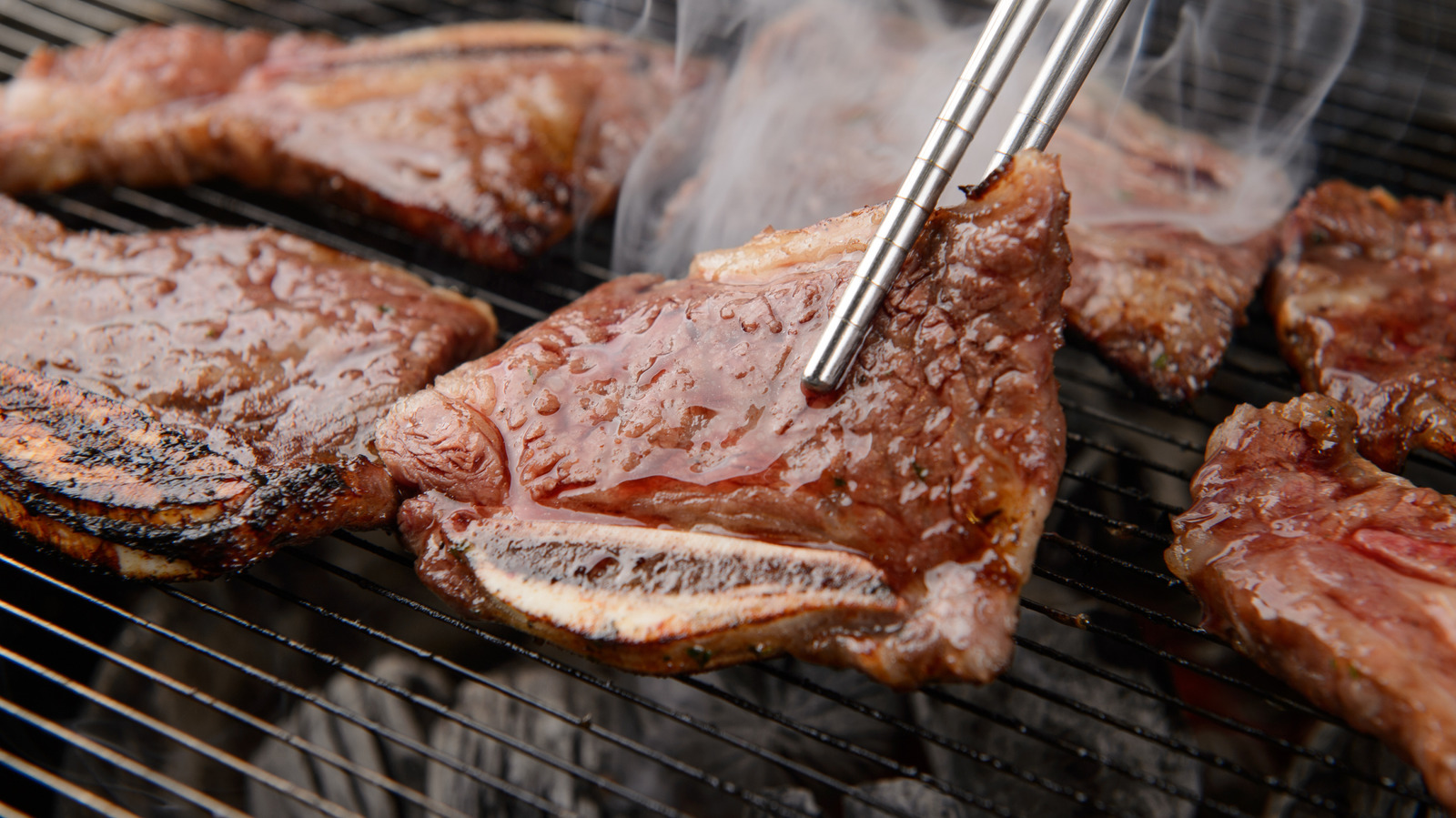
"Admittedly, it's hard to compete with the glamor of a top-notch steak or the versatility of chicken. But pork brings a lot to the table in every sense. Breakfast wouldn't be breakfast without bacon, ham, and sausage, and pork is the focus of classic, traditional barbecue. Better yet, it's never been easier to find once-niche cuts of pork like the collar or rich, fatty belly. Here are some of the top tips you need to keep in mind when preparing this beautifully versatile meat."
"The difference between pork loin and tenderloin is probably the hardest one to figure out. Both cuts are fairly lean and come from the same part of the pig. But that's where the similarities mostly end. Pork loin is a much bigger cut, typically weighing four or five pounds, while tenderloin typically weighs about one pound. Pork loin also has more fat and it tends to require a longer cooking time."
"The difference between spare ribs and baby back ribs can also be difficult to suss out. The biggest differences are size and meatiness. Baby back ribs tend to be shorter and meatier, while spare ribs are longer, flatter, and less meaty. However, spare ribs tend to be fattier, making them more flavorful."
Pork anchors breakfasts and traditional barbecue and now includes widely available niche cuts such as collar and fatty belly. Understanding differences between cuts enhances preparation and flavor. Pork loin is larger, typically heavier and slightly fattier, and requires longer cooking, while tenderloin is smaller and leaner. Baby back ribs are shorter and meatier; spare ribs are longer, flatter, and fattier, yielding more flavor. The shoulder divides into pork butt and picnic shoulder, with pork butt from the upper shoulder. Awareness of cut size, fat content, and cooking time leads to better results.
Read at Tasting Table
Unable to calculate read time
Collection
[
|
...
]